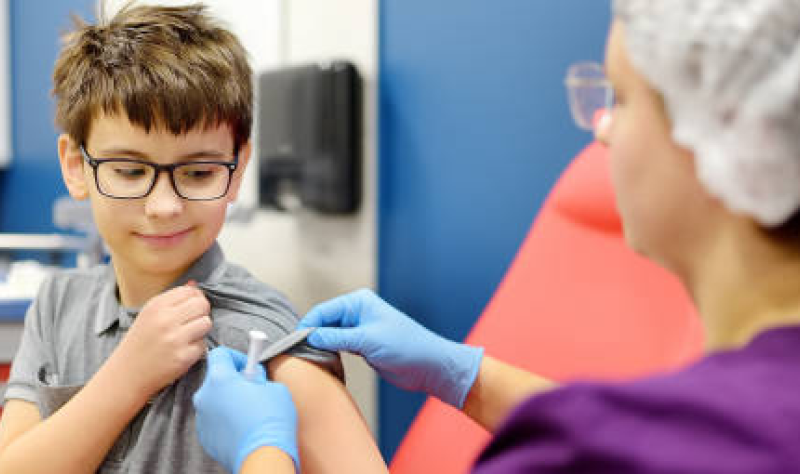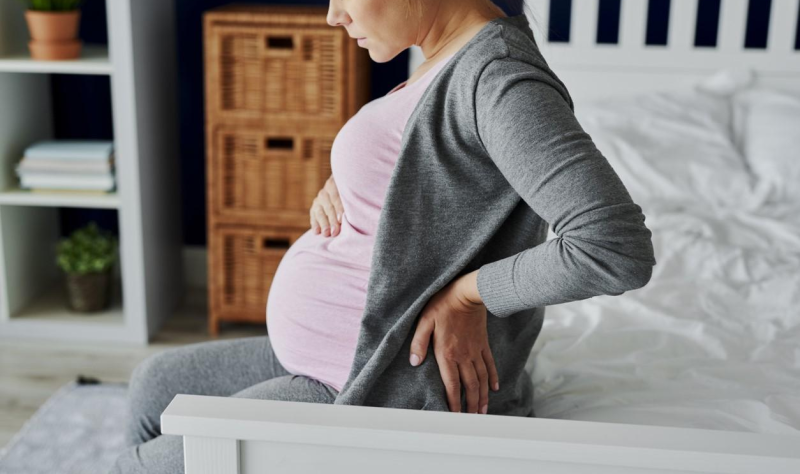COVID pandemic disrupted progress in routine child, teen vaccination rates, data suggest
Increases in HPV vaccination rates were lower than expected.


A study published today in Pediatrics shows that since the COVID-19 pandemic began, routine childhood and adolescent vaccination has fallen off in Michigan, and increases in human papillomavirus (HPV) vaccination rates were lower than expected, especially in lower-income, high-uninsurance counties.
University of Michigan researchers parsed quarterly county data from the state’s immunization registry from 2017 to 2023 to calculate average uptake of routine childhood and adolescent vaccines, including the HPV vaccine. Due to the pandemic, the registry didn’t collect vaccination data from the third quarter of 2020 through the second quarter of 2021.
Recommended childhood vaccines include those against diphtheria, tetanus, and acellular pertussis (DTaP); polio; measles, mumps, and rubella (MMR); Haemophilus influenzae B (Hib); hepatitis; varicella (chickenpox); and pneumococcal disease. Immunizations for participants ages 13 to 17 years include the polio, MMR, hepatitis B, varicella, meningitis A, HPV, and the tetanus, diphtheria, and acellular pertussis (Tdap) vaccines.
“The receipt of many childhood immunizations in the United States declined during the COVID-19 pandemic and never fully recovered,” the researchers wrote. “This decline potentially contributed to the outbreaks of pertussis and measles in the United States during 2024 and 2025.”
Gaps by income, insurance status
Over the study period, average coverage of childhood and adolescent vaccines fell from 75.7% to 66.8% and from 80.7% to 74.7%, respectively, and the average completion rate of the HPV vaccine series rose from 35.1% to 42.3% among boys and from 43.4% to 45.2% in girls. Consistent with national patterns, the increases were less than those predicted by pre-COVID trends.
In counties with lower income and higher uninsurance, declines in the average completion rate of childhood and adolescent vaccines were greater than those in their wealthier, lower-uninsurance counterparts, while higher average HPV vaccine completion rates in boys were smaller.
“These changes often resulted in the creation of new gaps in completion rates by county income or uninsurance rate or the widening of preexisting gaps,” the study authors wrote.
Cost, they added, was an unlikely deterrent, because the Vaccines for Children program provides vaccines free to low-income and uninsured children. “More plausible potential explanations include greater pandemic-related barriers to accessing immunization providers or vaccine-related education among counties with lower income and higher uninsurance,” they wrote. “Future research should explore these possibilities.”
Broad-based and targeted interventions needed
Variation was noted in changes in vaccination completion rates by urban or rural area, but differences were inconsistent.



.jpg)